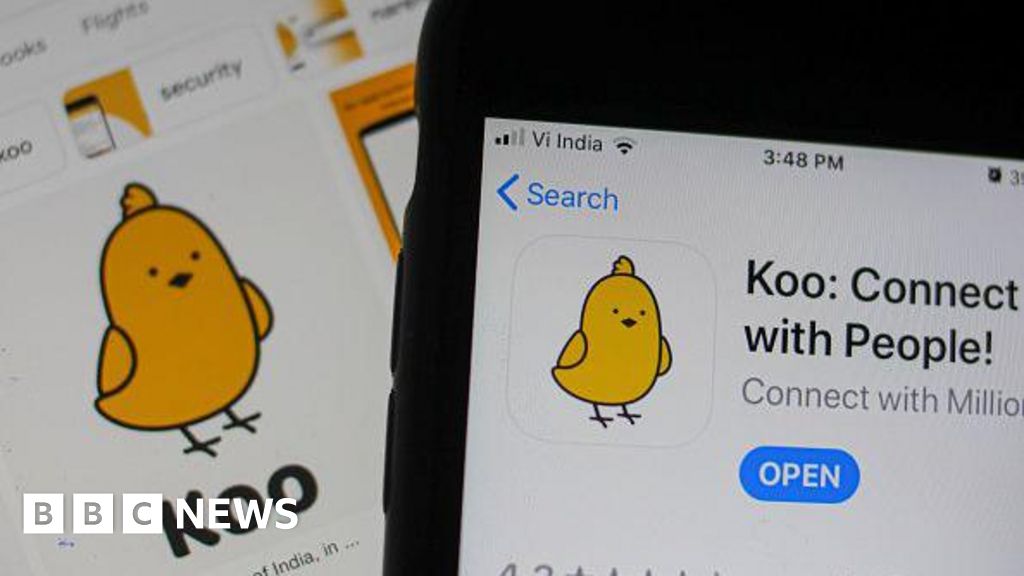Millions of social media users in India are stranded after homegrown microblogging platform Koo, which had branded itself as an alternative to X, announced it was shutting services.
The platform’s founders said a shortage of funding along with high costs for technology had led to the decision.
Launched in 2020, Koo offered messaging in more than 10 Indian languages.
It gained prominence in 2021 after several ministers endorsed it amid a row between the Indian government and X, which was then known as Twitter.
The spat began after Prime Minister Narendra Modi’s government asked the US-based platform to block a list of accounts it claimed were spreading fake news. The list included journalists, news organisations and opposition politicians.
X complied initially but then restored the accounts, citing “insufficient justification”.
The face-off continued as the government threatened legal action against the company’s employees in India.
Amid the row, a flurry of supporters, cabinet ministers and officials from Mr Modi’s Bharatiya Janata Party (BJP) migrated to Koo overnight. Many of them shared hashtags calling for X to be banned in India.
By the end of 2021, the app had touched 20 million downloads in the country.
However, the platform has struggled to get funding in the last few years.
On Wednesday, founders Aprameya Radhakrishna and Mayank Bidawatka said that Koo was “just months away” from beating X in India in 2022, but a “prolonged funder winter” had forced them to tone down their ambitions.
“We explored partnerships with multiple larger internet companies, conglomerates and media houses but these talks didn’t yield the outcome we wanted,” they wrote on LinkedIn.
“Most of them didn’t want to deal with user-generated content and the wild nature of a social media company. A couple of them changed priority almost close to signing.”
In February, Indian news websites had reported that Koo was in talks to be acquired by news aggregator Dailyhunt. But the talks did not succeed.
In April 2023, Koo fired 30% of its 260-member workforce as the company faced severe losses and a lack of funding.
The founders said they would have liked to keep the app running – but the cost of technology services for that was high and so, they “had to take this tough decision”.

